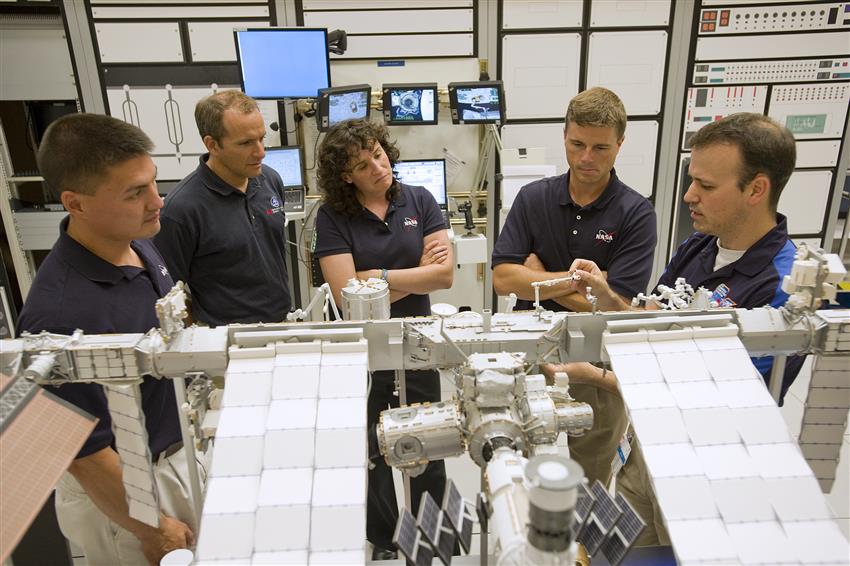Basic training
Training
When the Canadian Space Agency (CSA) selects new candidates, the aspiring astronauts must first go back to school!
All recruits must follow a three-phase training program:
- Basic training
- Pre-assignment training
- Mission-specific training
Following this three-phased approach, astronauts may go to space to participate in a mission.
While all candidates have exceptional profiles, their backgrounds are extremely varied. The aim of the basic training program, which lasts approximately two years, is to ensure that all astronauts attain the same level of knowledge and expertise on a wide range of subjects.
Training is primarily given in these locations:
- CSA headquarters in Longueuil (borough of Saint-Hubert), Quebec
- NASA's Johnson Space Center in Houston, Texas
Other training of approximately one week is also given at these locations:
- ESA's European Astronaut Centre near Cologne, Germany
- JAXA's Tsukuba Space Center in Tsukuba Science City, Japan
Photos
- Photo 1
- Photo 2
- Photo 3
- Photo 4
- Photo 5
- Photo 6
- Photo 7
- Photo 8
- Photo 9
- Photo 10
- Photo 11
- Photo 12
- Photo 13
- Photo 14
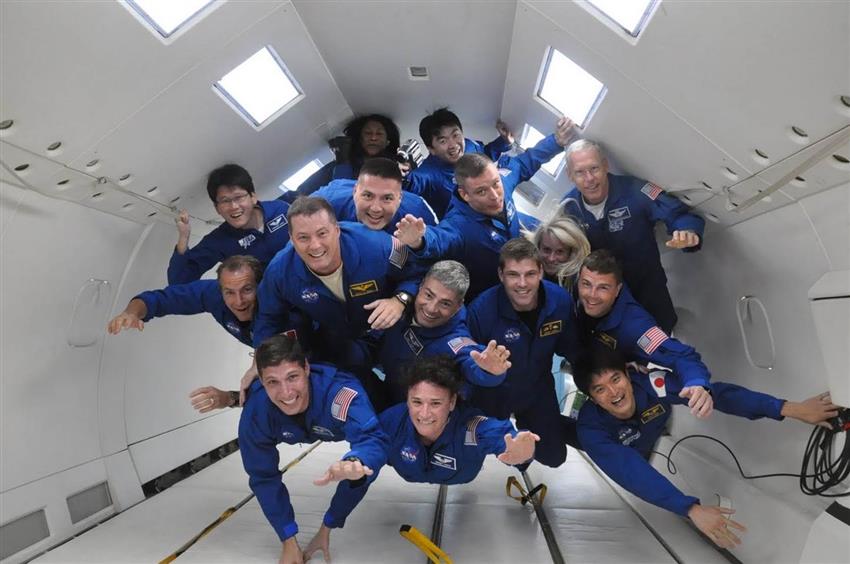
"Class photo" of David Saint-Jacques and Jeremy Hansen, along with other astronaut candidates recruited by NASA and JAXA in 2009, in a parabolic aircraft. (Credit: NASA)
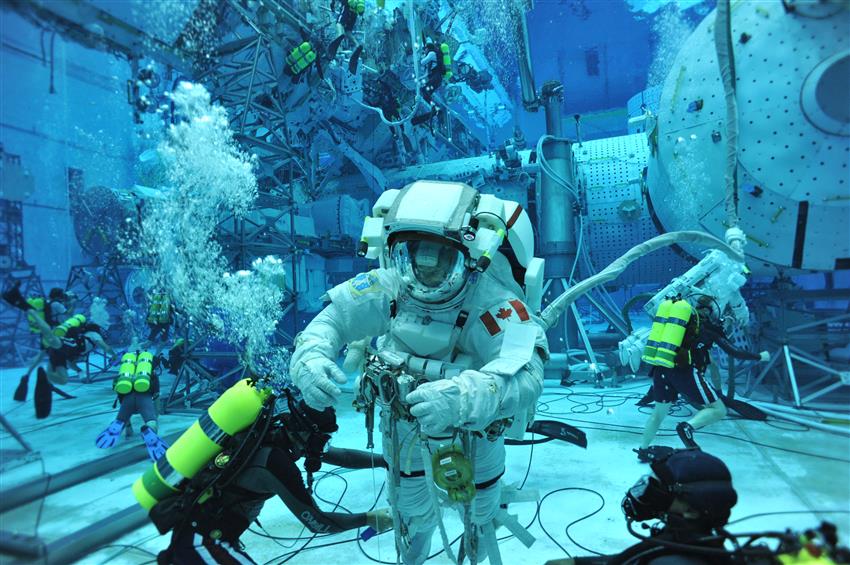
CSA astronaut David Saint-Jacques during his first spacewalk training at NASA's Neutral Buoyancy Laboratory in Houston, Texas. (Credit: NASA)
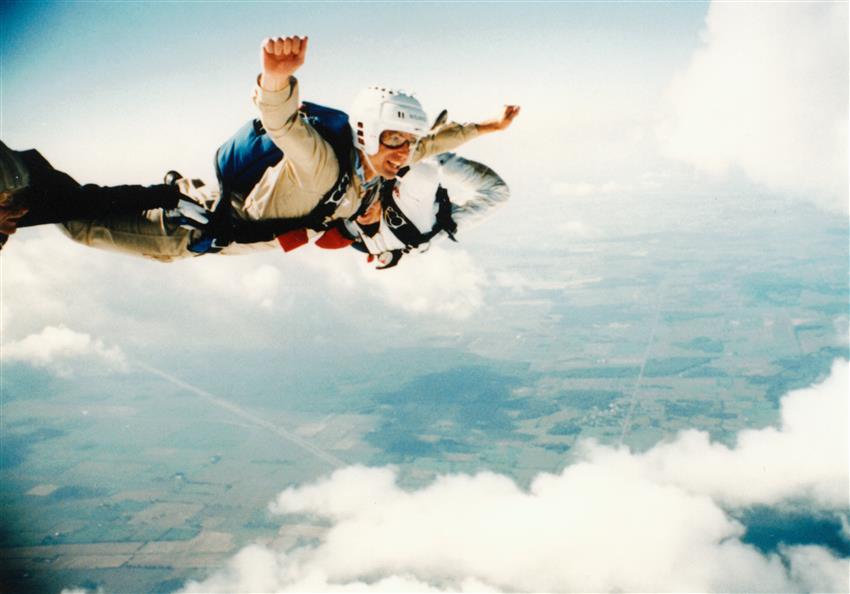
CSA astronaut Bob Thirsk demonstrates parachute training as one of the many skills astronauts acquire. (Credit: NASA)
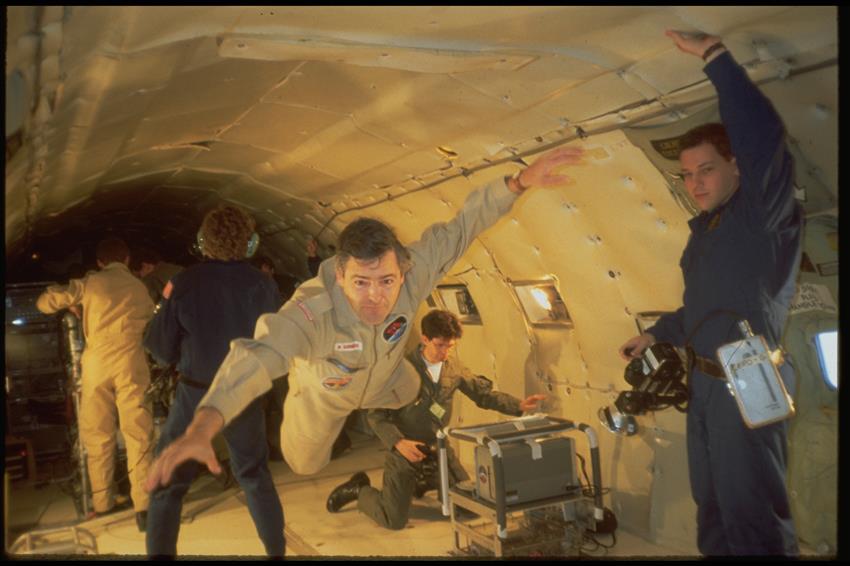
CSA astronaut Marc Garneau floats in zero gravity during a parabolic flight aboard a KC-135 aircraft. These flights are part of the training for astronauts and demonstrate the weightlessness environment. (Credit: NASA)

CSA astronauts David Saint-Jacques (left) and Jeremy Hansen during trauma response training at McGill University's Medical Simulation Centre in Montreal, Quebec. (Credit: CSA)
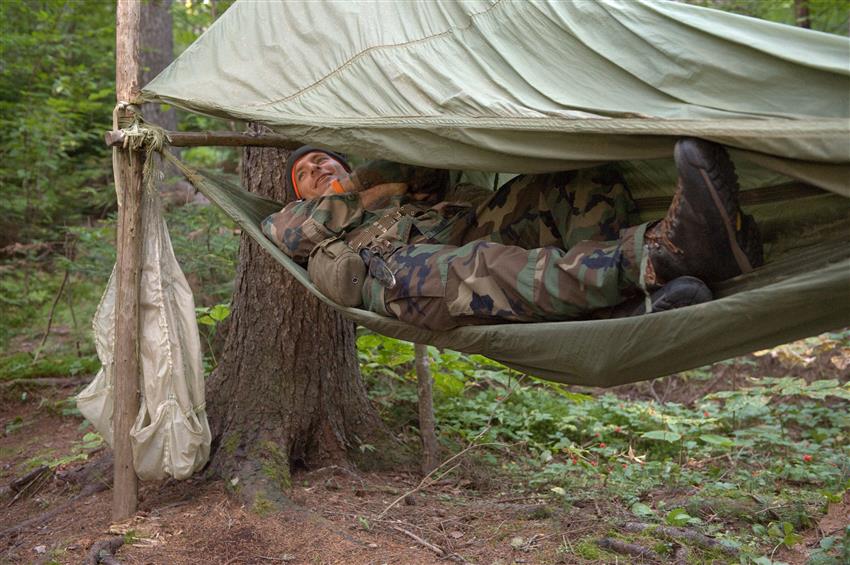
CSA's David Saint-Jacques takes a break during a four-day of Land Survival Training at the Naval Air Station in Brunswick, Maine. The 2009 Astronaut Candidate class reported to NASA's Johnson Space Center to begin a two year training program on August 24, 2009. (Credit: NASA)
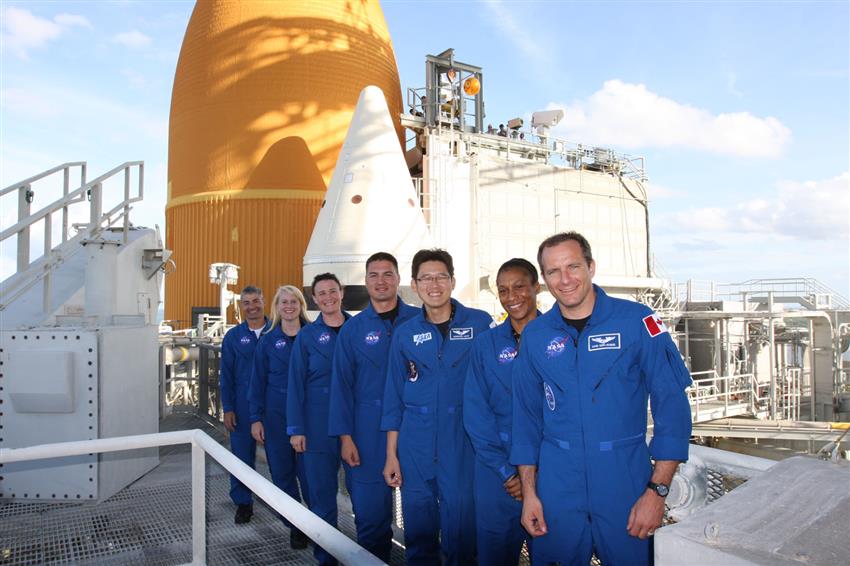
David Saint-Jacques and some of his fellow astronaut candidates take a minute to pose with Space Shuttle Atlantis at NASA's Kennedy Space Center. (Credit: NASA)
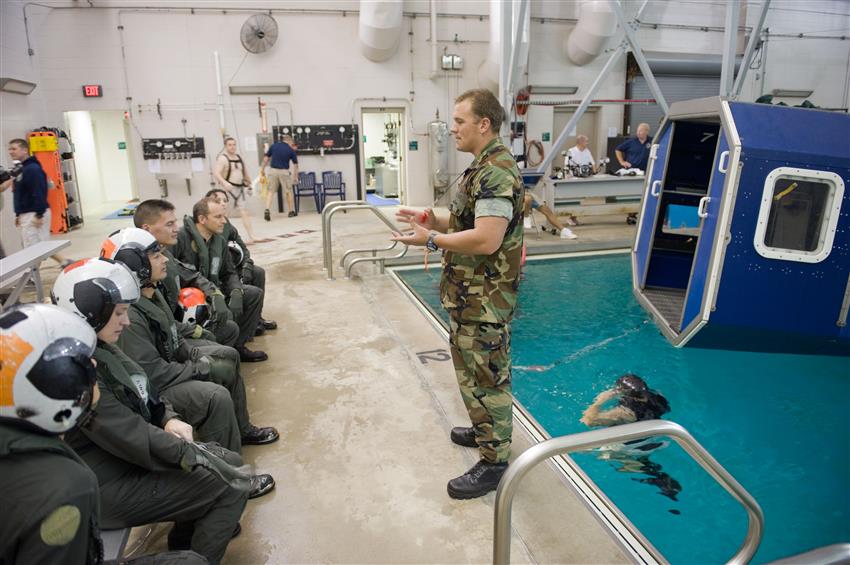
David Saint-Jacques and fellow astronaut candidates listen to an instructor before a helicopter crash simulation during water survival training. (Credit: NASA)
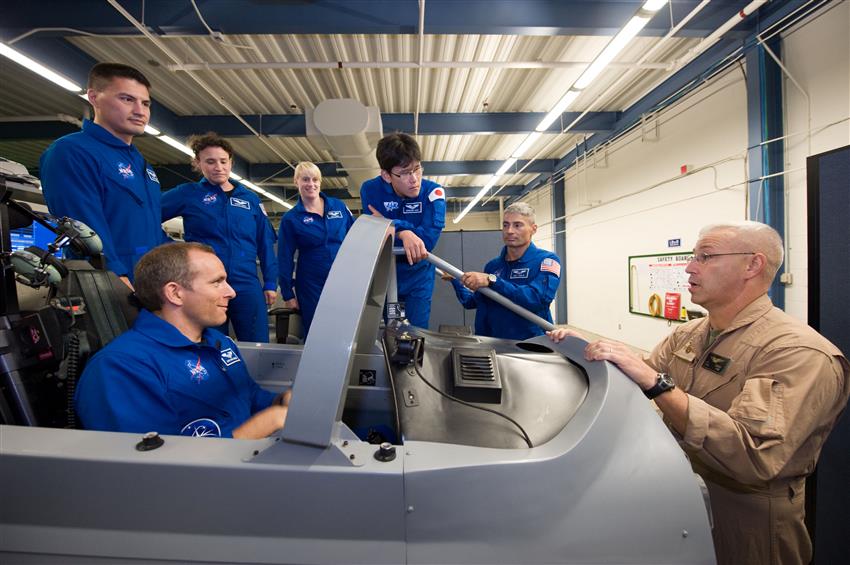
David Saint-Jacques listens to an instructor while sitting in a simulator cockpit during water survival training. (Credit: NASA)
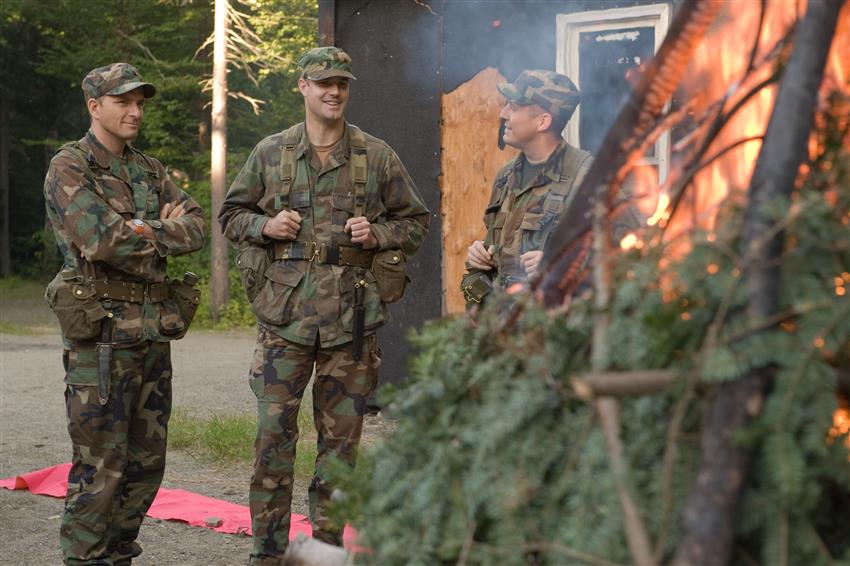
CSA astronauts David Saint-Jacques and Jeremy Hansen share a laugh with a colleague during a four-day of Land Survival Training at the Naval Air Station in Brunswick, Maine. (Credit: NASA)

David Saint-Jacques during water survival training at Naval Air Station Pensacola in Florida. (Credit: NASA)
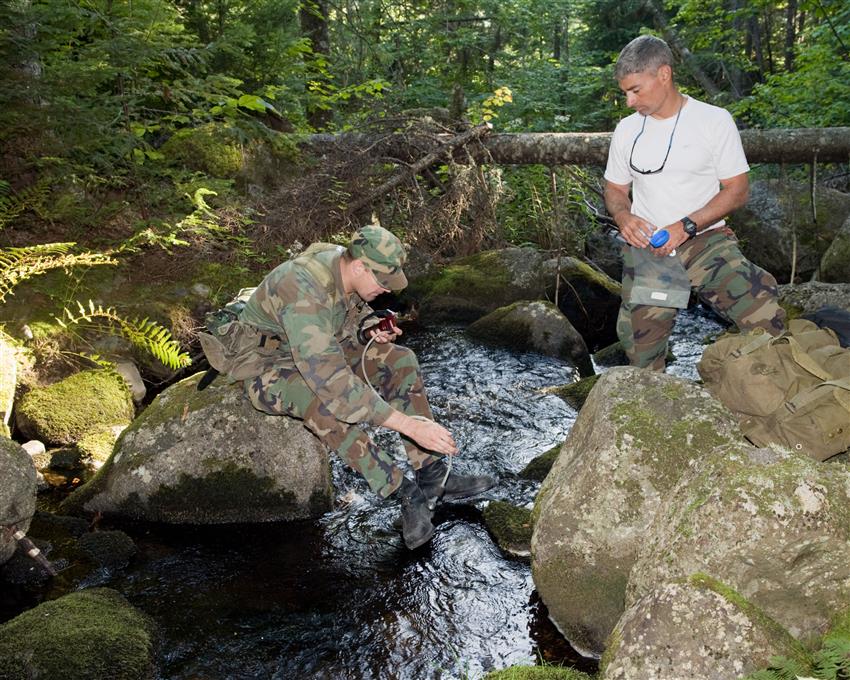
CSA astronaut Jeremy Hansen is shown perfecting his water purifying skills during a four-day of Land Survival Training at the Naval Air Station in Brunswick, Maine. (Credit: NASA)

David Saint-Jacques learns about the Mobile Servicing System at CSA headquarters. (Credit: CSA)
The "lesson plan"
Basic training covers many subjects, including:
- CSA orientation
- ESA orientation
- History of space flight
- Fundamentals of space flight
- Space operations and procedures
- Spacewalk training
- International Space Station systems
- Life science
- Materials and fluid science
- Earth observation
- Space science
- Robotics
- Human behaviour and performance
- Flight training
- Parachute jumps
- Physical training
- First aid and CPR
- Language training (e.g. learning Russian)
- Operation of photographic equipment
- Media relations
- Survival training
Obtaining the title of "astronaut"
Upon successful completion of the basic training program, astronaut candidates are officially given the title of astronaut.
Next step: Pre-assignment training!
